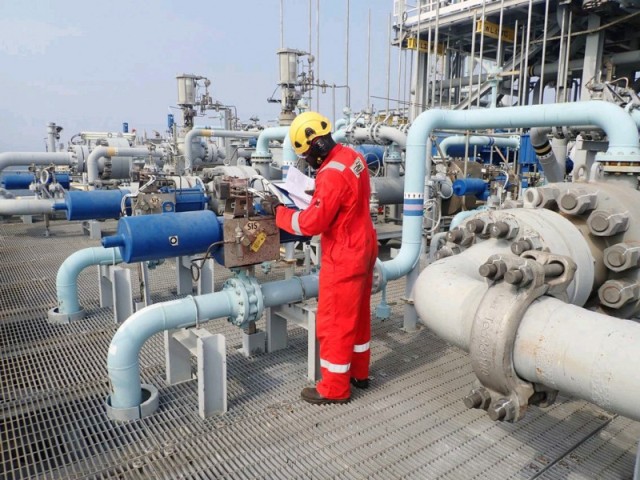
MON, JULY 06 2020-theG&BJournal- ‘’Oil price recovery is about to run out of steam,’’ says analysts at Cordros Research.
In their latest take on OPEC+ Agreement, Cordros said ‘’any shock to demand will present quite a conundrum for an already stretched OPEC+.’’
The one-month extension of the production cut agreement is slated to expire at the end of July, with OPEC and OPEC+ signalling a desire to ease production cuts, from 9.70 mb/d to 7.70 mb/d, in August. That additional 2.0 mb/d worth of supply onto the market, as demand weakens, would be sub-optimal for crude prices.
At the same time, producers are itching to reopen the taps, for example Angola is already resisting pressure by OPEC for a steeper oil output cut to comply fully with record supply curbs. As previously highlighted by Cordros Research in their Mid-Year Outlook, OPEC+ still has massive storage build-ups (which is only expect to begin to fall in Q4) to combat.
‘’In our view, a “second wave” will lead to further increases in inventories. Without the ability to drain them, combined with a widening divergence between supply and demand, we reiterate that there is little room for oil prices to rise.’’
Brent oil price is up only 1.00% to USD43.23/bbl, at the time of writing, as Saudi Arabia hiked its official selling prices to Asia, Europe and the US.
‘’We look to the Energy Information Administration (EIA) report this week, which should provide a better picture of the impact of tighter restrictions across several states on oil demand. Our forecast for average Brent crude price in H2-20 remains unchanged at USD35.00/ bbl,’’ Cordros said.
The accelerating spread of the COVID-19 virus across the United States is a significant headwind and threatens another downturn in oil prices. The U.S. is not alone as the virus continues to spread like wildfire across the globe, notably in Brazil, India, and even here in Nigeria.
In their 2020 Mid-Year Outlook, Cordros forecast a slight rebound in demand over the course of H2-20. However, a widespread “second wave” will mean another hit to crude oil demand, and poses a significant risk to our scenario of a steady tightening trajectory.
‘’With a second wave, we are not likely to see demand destruction in the same way as when the first wave hit, as we expect that most governments will refrain from imposing strict and far-reaching lockdown measures, this time around,’’ Cordros notes, ‘’optimism about a steady improvement has driven markets over the last two months. Thus, a second wave poses serious risks, as an unexpected hit to demand could derail oil prices.’’
The (EIA) reported a stunning decline of 7.12 million barrels from U.S. crude oil inventories in the week ended 26 June – the first decline in a month, which was far higher than the 0.71 million barrels projected drawdown.
The decline in U.S inventories was substantially higher than expected, thus implying greater demand, which led to bullish crude oil prices for the week –the price of Brent crude oil surged 4.3% and hit a four-month high in the week ended 3 July.
Additionally, oil prices were helped by tighter supplies as the oil output from OPEC hit the lowest in two decades in June after Saudi Arabia and other Gulf Arab members made more extensive cuts than required. OPEC’s share of the cuts is 6.08mb/d, but according to a Reuters survey of supply to the market, in June, the cartel delivered 6.52mb/d of the pledged reduction, equal to c.107.0% compliance.
|twitter:@theGBJournal|email: info@govandbusinessjournal.com.ng|









